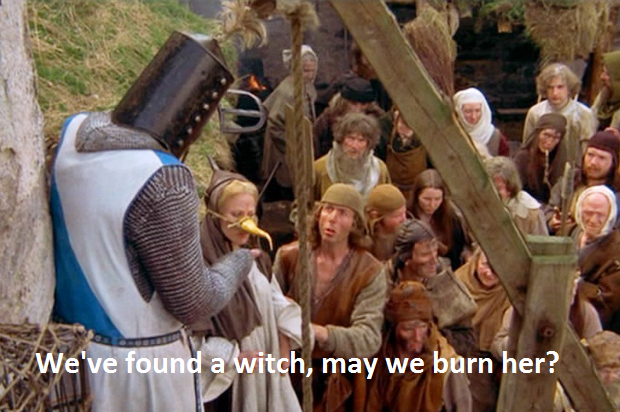Well we’re a week out and for those considering voting below the line I’ve already covered most of the minor parties (and Antony Green has an excellent guide to below the line voting here) However there’s a whole bunch of single issue parties to add to the menagerie of minor parties running on the NSW
2013 Federal Election: Minor Parties Vote Compass
The minor parties on offer on the NSW Senate Ticket (45 columns and 110 candidates) vary considerably. We have the wingnut right represented by the Rise Up Australia Party: The wingnut left represented by the Socialist Equality Party: And the just plain wingnut represented by the Palmer United Party (sadly the tinfoil hat wearing Citizen’s

